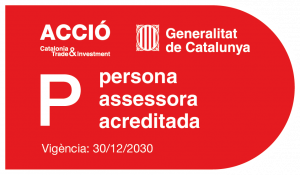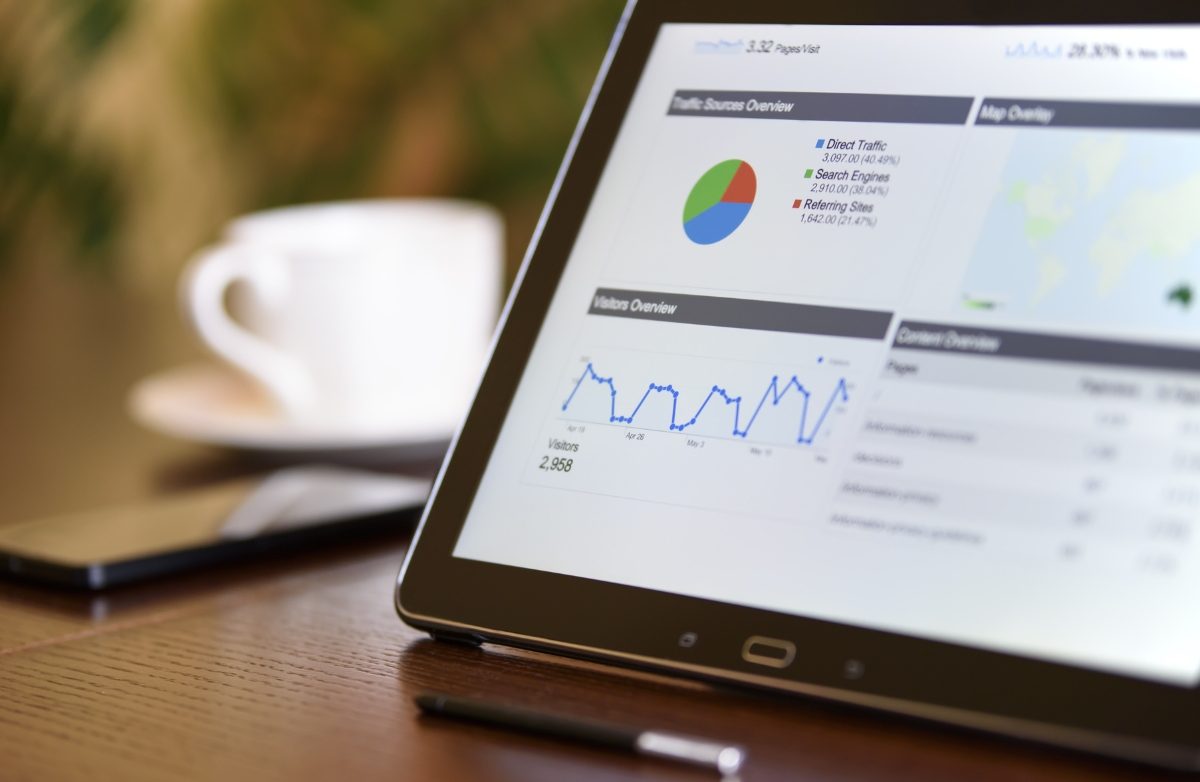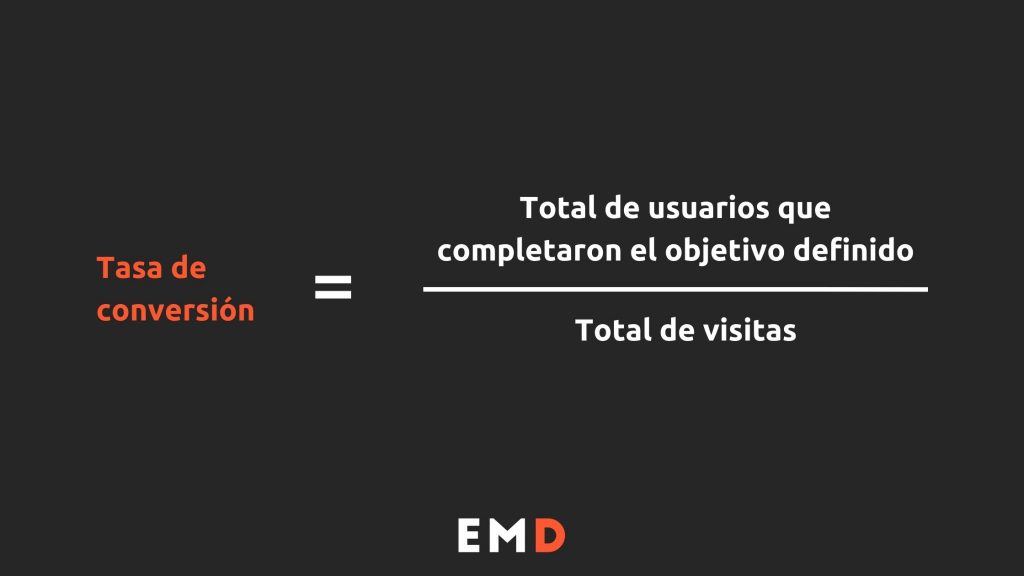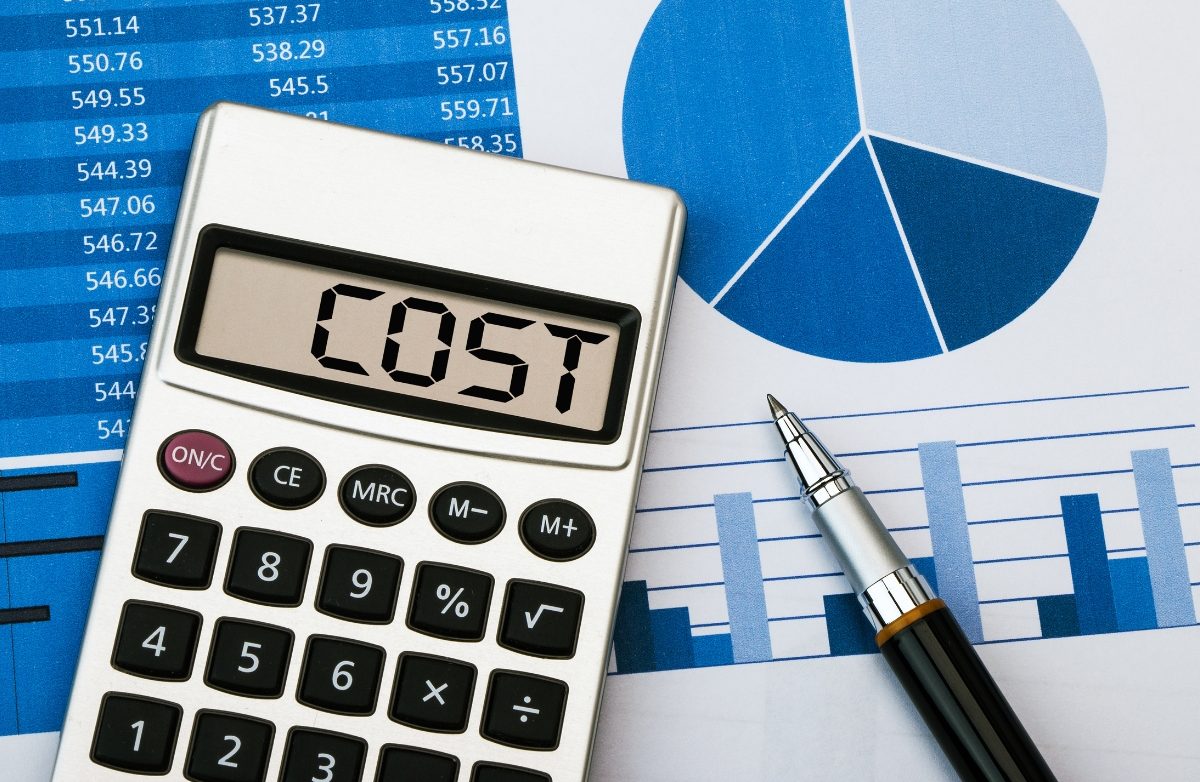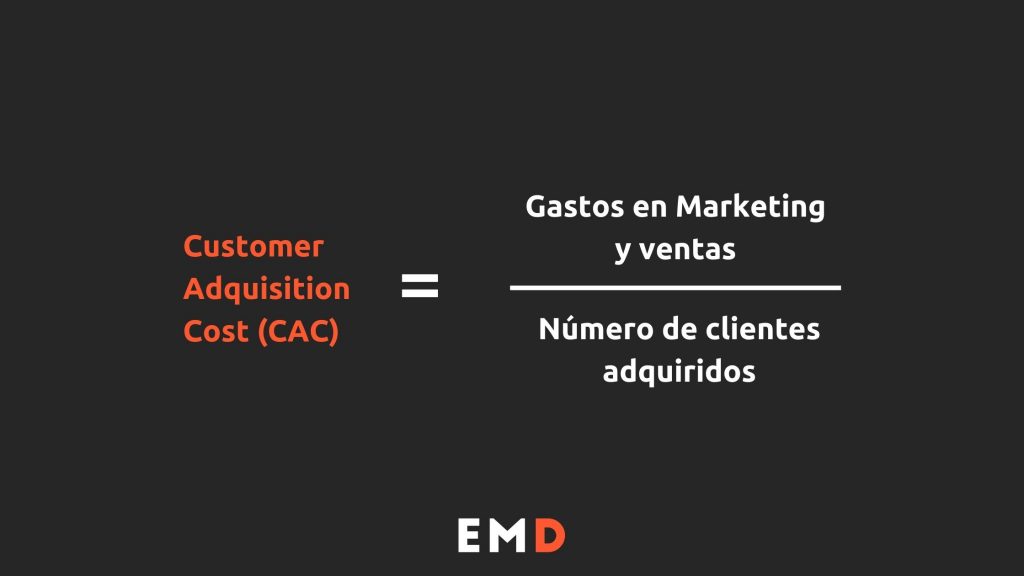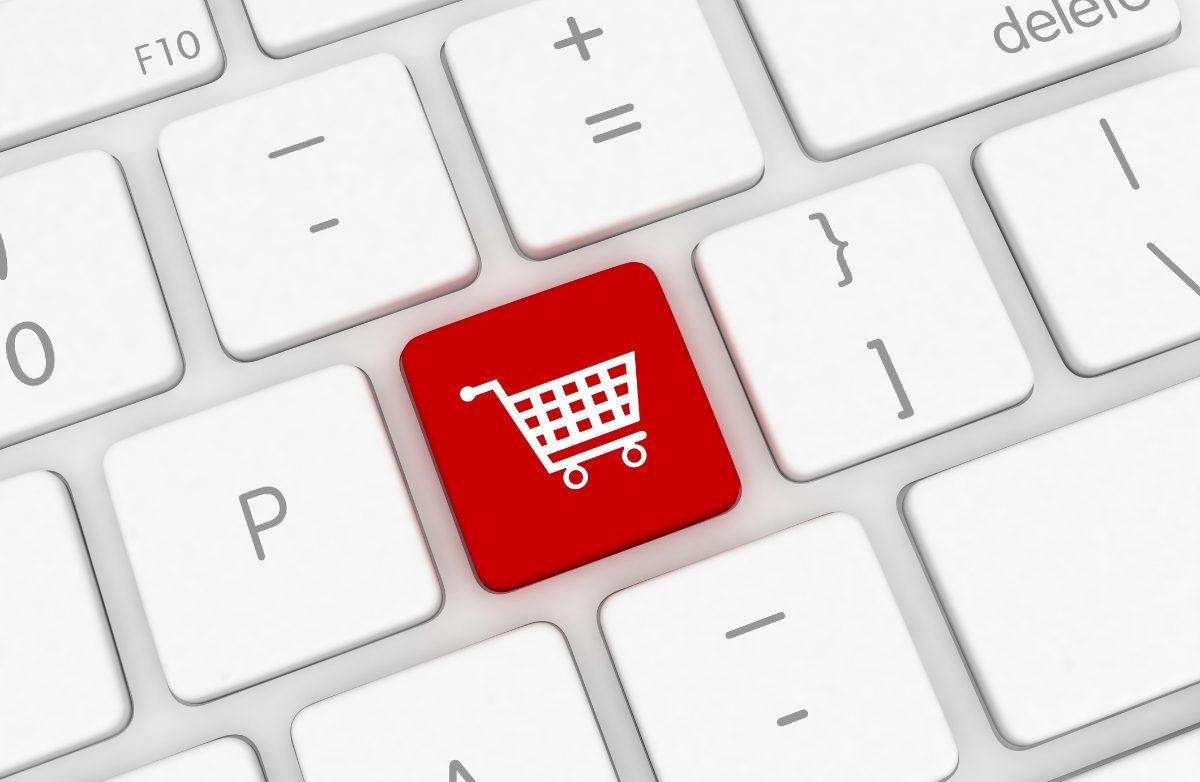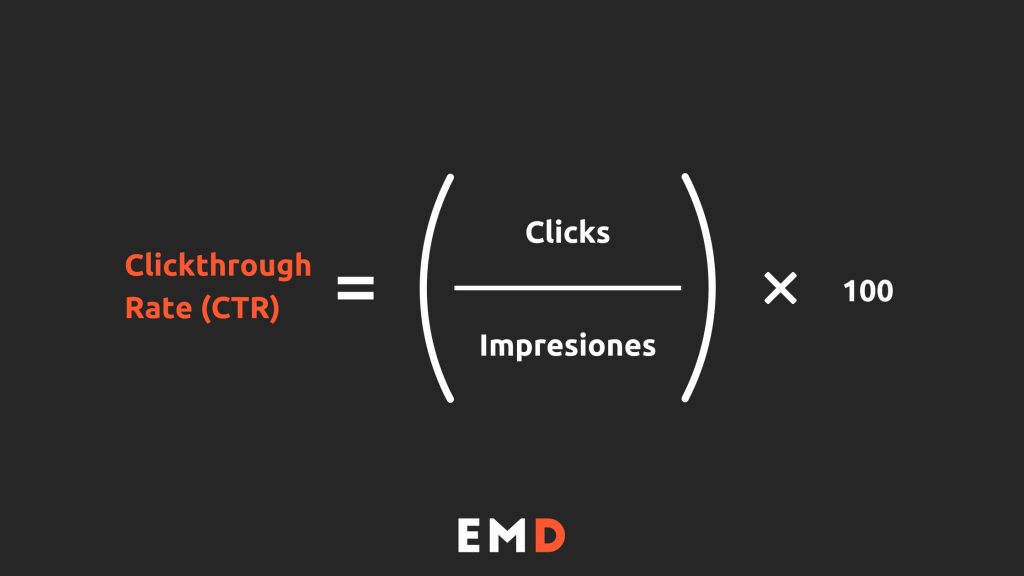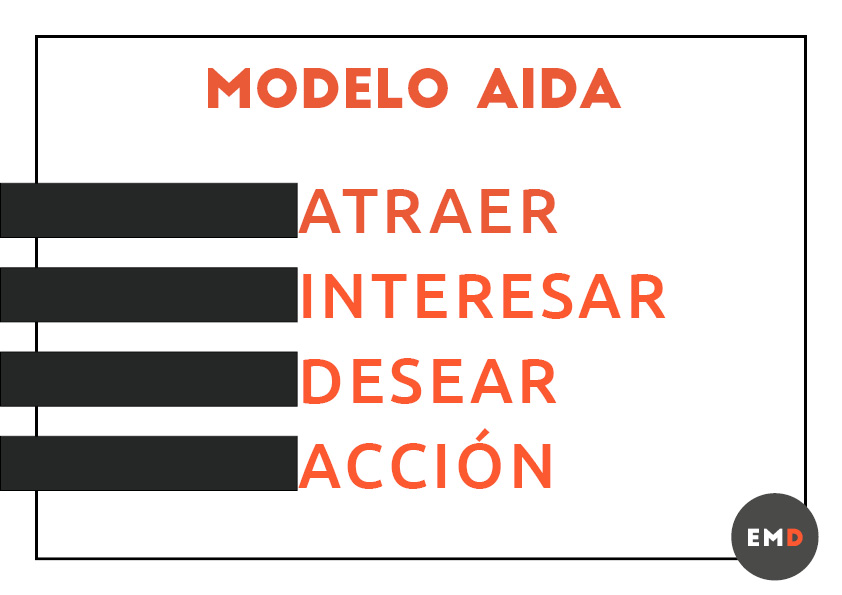With the specialized advice of Export Strategy Coupons you will be able to design and execute a tailored international promotion plan that incorporates digital and physical channels. An opportunity to gain global presence, identify new markets and implement a solid and effective international strategy.
With these coupons you can access a consulting service to analyze the current situation and international positioning of your company, develop a new global strategy and design an action plan.
The objective is to help you sell products or services to a new country, develop sales to countries where you already have a presence or export through digital and physical channels, with a direct grant of €8,000. The call for ACCIÓ Export Strategy Coupons will open in May 2025.
Below we share with you some of the frequently asked questions about the ACCIÓ export strategy coupons. Or you can contact us directly directly to book a free 15-minute consultation with Eric Onidi, an accredited consultant.
Frequently Asked Questions about Export Strategy Coupons 2025
If my company has exported more than 25% of its turnover in the year prior to the application, can I apply for export strategy coupons?
No, export strategy coupons require an export maximum of up to 25% export.
Can a company benefiting from an International eTrade voucher in 2024 apply for an export strategy voucher for 2025?
Yes.
Can microenterprises or self-employed people apply for export strategy coupons?
Yes. For the purposes of these bases, small and medium-sized enterprises (SMEs) are defined as set forth in Annex 1 of Commission Regulation (EC) No. 651/2014 of June 17, 2014, in which microenterprises are included. Therefore, microenterprises are eligible to apply for this aid. The self-employed are considered small and medium-sized enterprises.
When will the documentation to apply for the export strategy coupons (the technical report) be available for consultation?
All the documentation required to submit the application will be available at the time of opening the call. For any questions about the different sections of these documents, please contact the International Growth and eTrade team (internationaletrade.accio@gencat.cat).
If my company’s website is only accessible in Spanish and/or Catalan, given that my customers are located in Spanish-speaking countries such as Latin America, can I apply for the export strategy coupons?
No, a mandatory requirement is that the company’s website must be in at least one foreign language.
Last year we received the Internationalization (eTrade) coupons. Is there another line to carry out the actions resulting from the International eTrade coupons? Would it be through another coupon?
Yes, during this year the International Promotion grant will be released to cover part of the international promotion expenses, which will include digital actions and also physical actions such as visits to trade fairs or other promotional events.
Will it be possible to apply for the International eTrade voucher implementation assistance this year, i.e. as a second part of the voucher? When does eTrade 2 open?
There is no link between the Internationalization coupons or the former International eTrade coupon and the line of subsidies for projects to carry out international promotion activities. A company can apply for either of these grants without having to have applied for the other.
The line of subsidies for projects to carry out international promotion activities is not part of the competitiveness coupons(https://www.accio.gencat.cat/ca/serveis/internacionalitzacio/expansio-i-vendesinternacionals/international-etrade/#ajuts). The coupons are advisory aids to the applicant companies. The subsidy for the implementation of international promotion activities covers part of the execution of international promotion expenses, both digital (web programming, marketing campaigns, hiring of digital communication agencies, presence in marketplaces, advertising in search engines or social networks, among others) and physical (participation in fairs or product approval).
If last year we were beneficiaries of the aid for international promotion activities, are we eligible this year for the export strategy coupons?
Yes, companies that were beneficiaries of the aid “for the implementation of international promotion activities” in 2024 can apply for an export strategy voucher in 2025, as there is no link between the two aids.
Is it possible to apply for export strategy coupons if the supplier is registered in the “International Digital Business” typology?
No. Advisors must be accredited by ACCIÓ in the Export Strategy area of expertise as of the date prior to application. The International Digital Business area of expertise is no longer linked to any vouchers.
Is an extensive IPP document not required this year?
No. In this call the documentation required for the application has been simplified, merging the two documents of technical memory and PPI. Within the technical report you will find different sections to list this information.
If I have created a new company for the export of my products and the last fiscal year is less than €250,000, can I apply for the aid?
No. Companies benefiting from the coupons must exceed a minimum turnover of €250,000 in fiscal year 2024.
Does the company that wants to take advantage of this coupon must have a minimum of online sales both domestically and internationally?
No. The company must reach a minimum turnover of 250,000 € globally, without distinction between online and offline channels.
If you still have any doubts, book your free 15-minute consultation with Eric Onidi, ACCIÓ’s accredited consultant.







